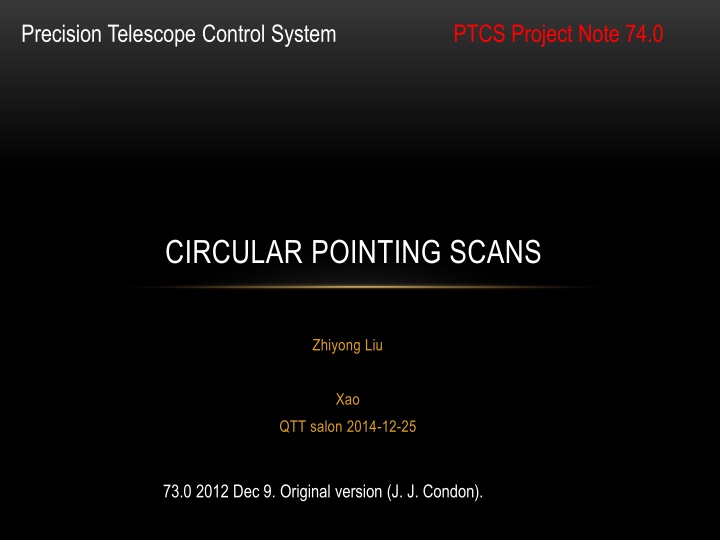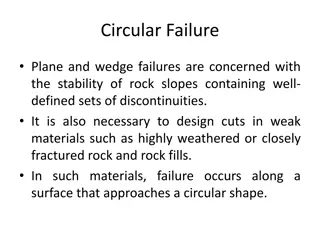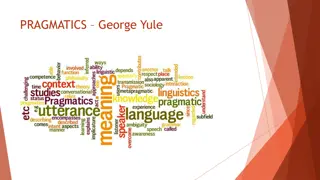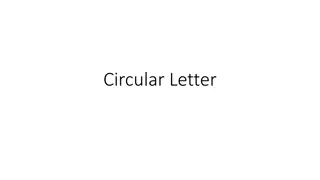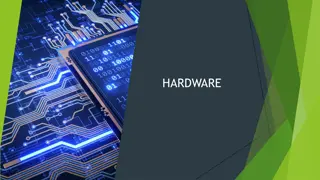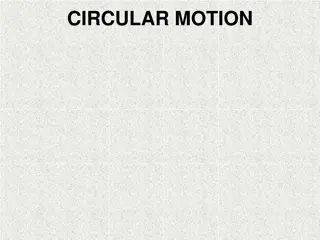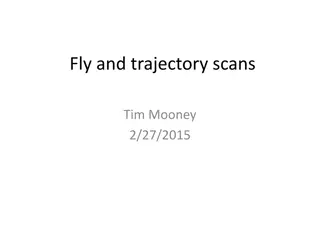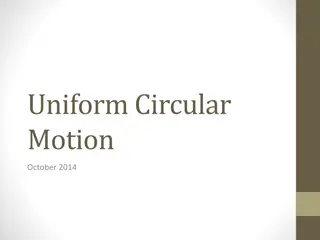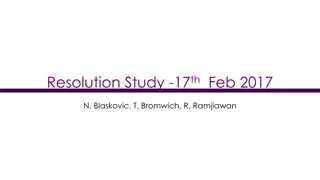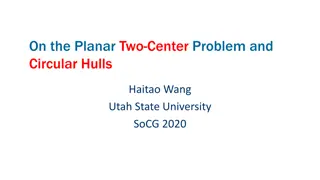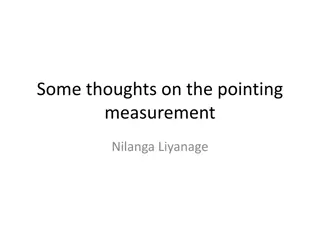CIRCULAR POINTING SCANS
This project note explores the basics of circle scans, comparing them with cross scans for pointing calibrators. The discussion highlights factors in choosing between the two methods, emphasizing the need for testing on the Green Bank Telescope (GBT) to validate theoretical advantages.
Download Presentation

Please find below an Image/Link to download the presentation.
The content on the website is provided AS IS for your information and personal use only. It may not be sold, licensed, or shared on other websites without obtaining consent from the author.If you encounter any issues during the download, it is possible that the publisher has removed the file from their server.
You are allowed to download the files provided on this website for personal or commercial use, subject to the condition that they are used lawfully. All files are the property of their respective owners.
The content on the website is provided AS IS for your information and personal use only. It may not be sold, licensed, or shared on other websites without obtaining consent from the author.
E N D
Presentation Transcript
Precision Telescope Control System PTCS Project Note 74.0 CIRCULAR POINTING SCANS Zhiyong Liu Xao QTT salon 2014-12-25 73.0 2012 Dec 9. Original version (J. J. Condon).
CIRCLE SCAN basics of circle scans compares the principal performance parameters of cross and circle scans briefly discusses other factors relevant to choosing between cross and circle scans (still very tentative) conclusion: circle scans are nice in theory, but need to be tested on the GBT
OUTLINE Abstract Introduction Circle Scan Basics Comparison of Cross and Circle Scans of Pointing Calibrators Conclusion
INTRODUCTION Cross scan
INTRODUCTION Cross scans: PTCS to measure GBT tracking errors Astronomers to make offset pointing corrections Cross scans problems started and stopped several times (generate feed-arm oscillations which degrade tracking accuracy and decay slowly) Cross scans are time consuming only one component of the tracking error Cross scans are relatively insensitive
OUTLINE Abstract Introduction Circle Scan Basics Comparison of Cross and Circle Scans of Pointing Calibrators Conclusion
CIRCLE SCAN BASICS the relative gain The greatest sensitivity to tracking errors
antenna temperature t = gT T: a calibrator on-axis antenna temperature
the ratio: t()/T when beam is circle and r = 0/2 The peak amplitude at any offset:
OUTLINE Abstract Introduction Circle Scan Basics Comparison of Cross and Circle Scans of Pointing Calibrators Conclusion
BLIND POINTING ACCURACY REQUIREMENTS GBT 100*110m ( 90 GHz, beam 8.5 arcsec) Cross scan blind pointing accuracy requirement is < 2.6 arcsec (too strict for the GBT) Calibrators must first be located by cross scans at Ka band ( 30 GHz), which costs about 3 minutes Circle scan first circle scan fails (scan radius: r= beam/2, will know > beam) second circle scan of radius r = beam, would find the calibrator if it is within = 1.5beam If that failed, a third circle scan at r = 1.5beam, would find the calibrator within = 2.0 beam Making one or two additional circle scans at 90 GHz should take only a few seconds, not 3 minutes, and might be a better option.
SPEED AND SENSITIVITY CROSS SCAN gain Gain derivative SNR
SPEED AND SENSITIVITY - CIRCLE SCAN gain Gain derivative SNR
SPEED AND SENSITIVITY Cross scan Circle scan If equal observing times are spent on circle and cross scans, the circle scans will be more sensitive to tracking errors by the sensitivity factor
SPEED AND SENSITIVITY Circle scan compare cross scan (1) F times more accurate (2) based on calibration sources F times weaker (3) sampled F2= W arm /W circle 2.89 times more frequently.
OTHER CONSIDERATIONS Cross scan: Slow Get antenna temperature T produced by a calibrator FWHM axes x and y tracking error components x and y Circle scan Fast Get ( x, y) or ( , ) Get beam ratio ( x / y ) Get estimate of T only << beam and affected by beamwidth uncertainties Thus circle scans are good for pointing, but cross scans are still needed to measure accurate beamwidths or source strengths
(STILL VERY TENTATIVE)CONCLUSION Circle scans can t replace cross scans for all purposes, but both theory and numerical simulations indicate that they have significant advantages over cross scans for measuring and correcting tracking errors. I recommend testing circle scans on the GBT, especially if the whole telescope can be used to track the calibrator position while the subreflector makes the circular motions.
